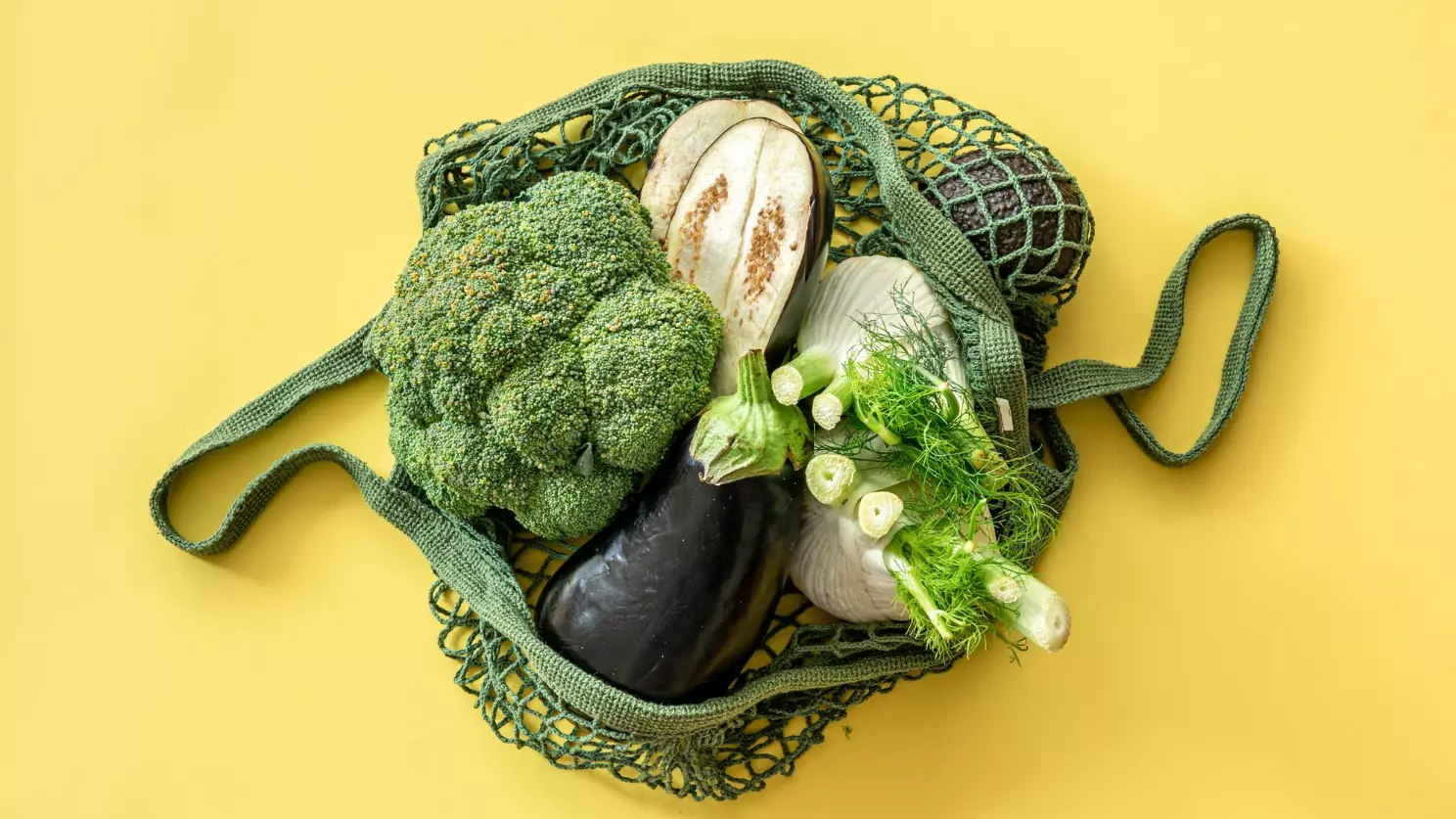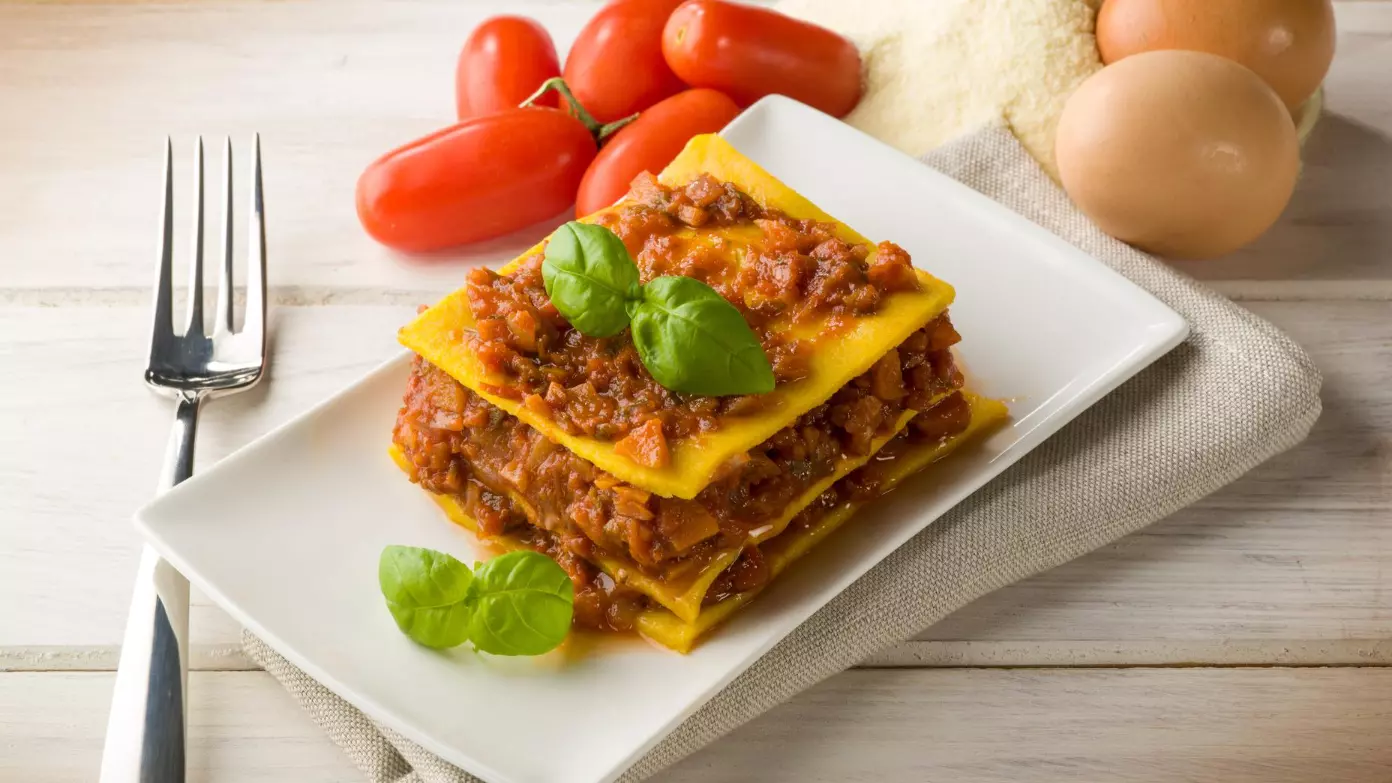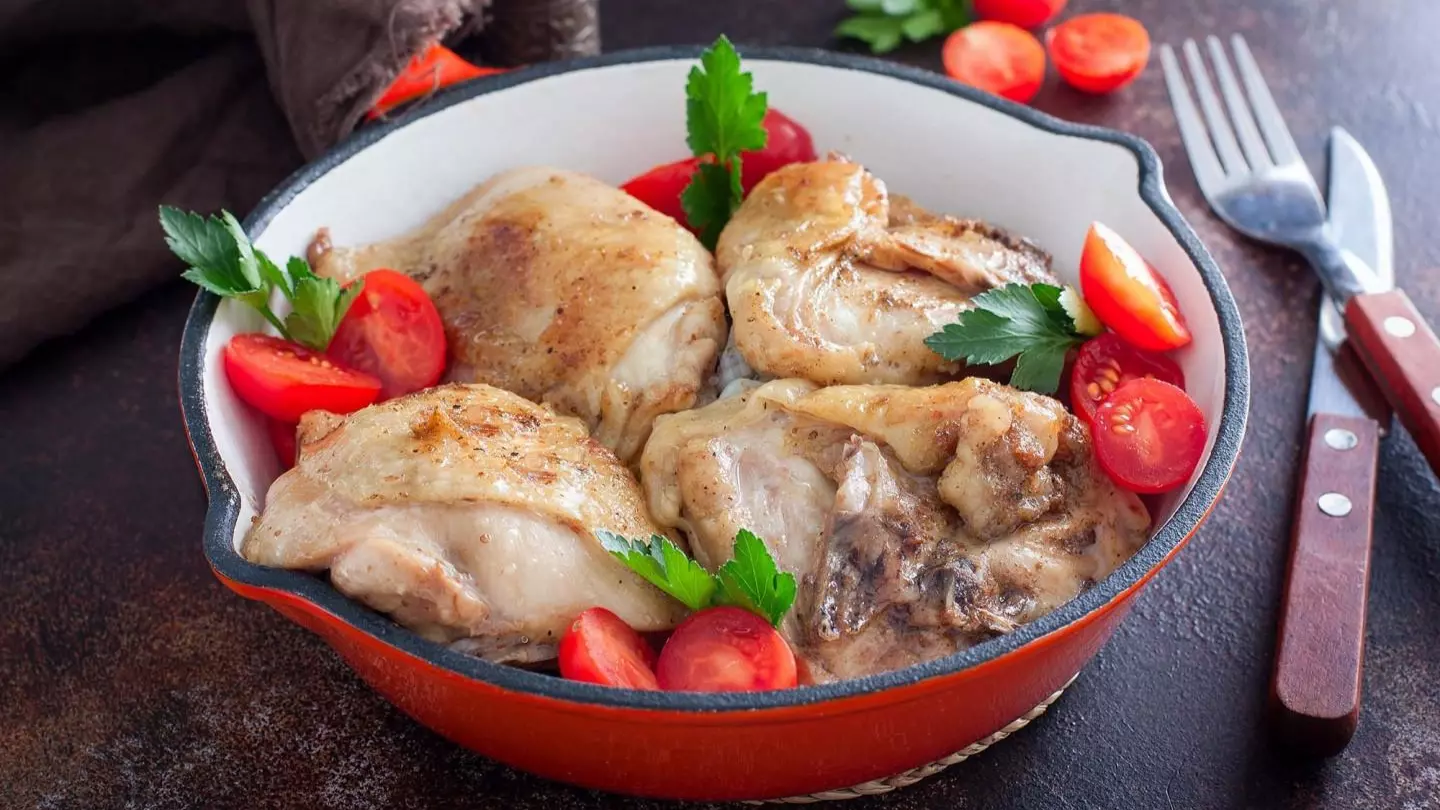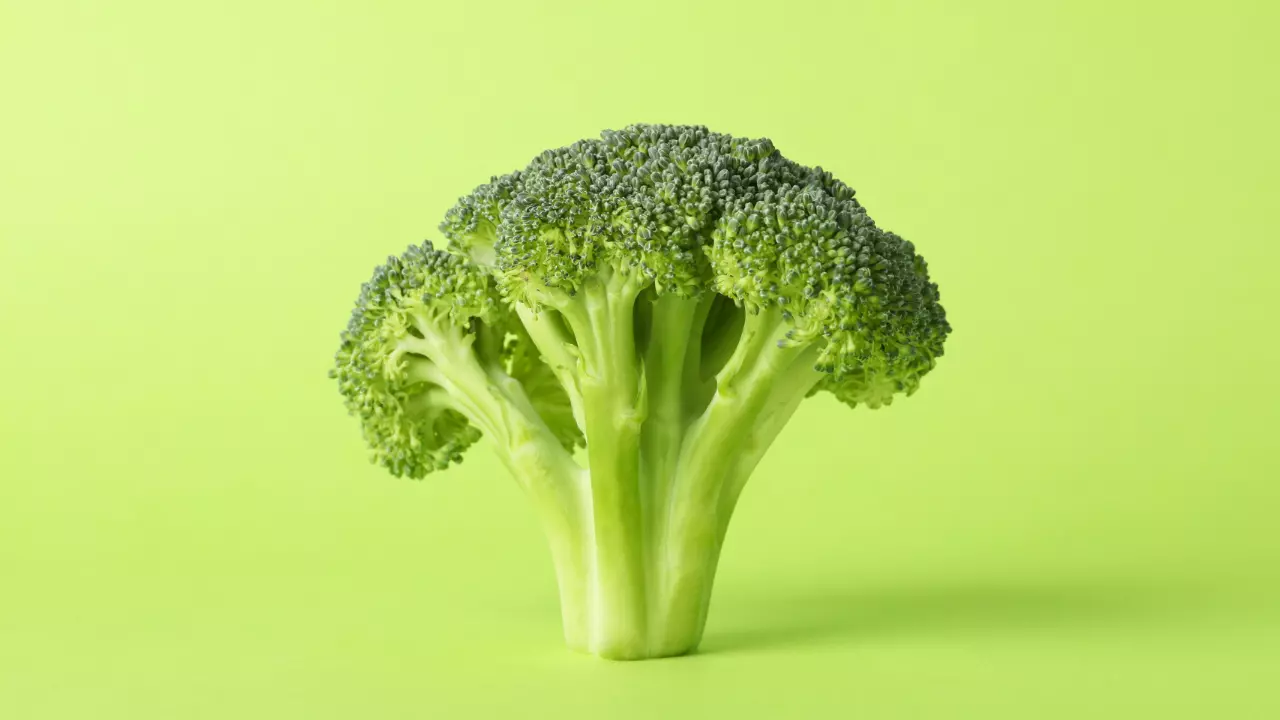How many calories in spaghetti?
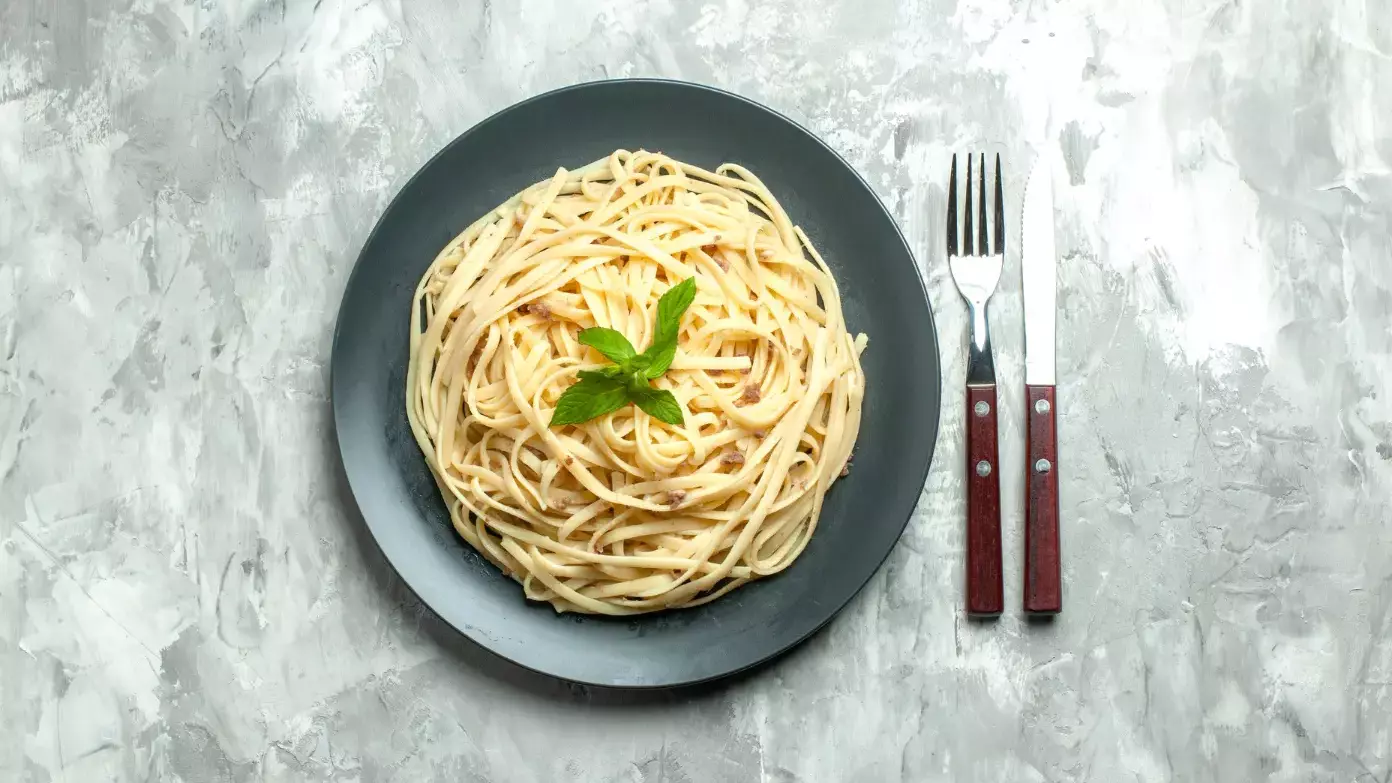
Content
Italian pasta is a lifestyle and a pleasure that we happily learned from the Italians, to whom we owe the appearance of spaghetti. A type of dry and long pasta, spaghetti originally had a length of up to 50 cm, but today, as a rule, they are produced no longer than 15. Spaghetti has an amber-yellow color, in the context – circle with a diameter of 2 mm. Spaghetti is made exclusively from durum wheat flour and pure spring water. If the package of products called spaghetti contains premium wheat flour, then you have ordinary pasta.
Calories in spaghetti
Composition and useful properties of spaghetti
Proper spaghetti is healthy and will not harm harmony. They contain the main vitamins: B1, B2, B6, B9, E and PP, as well as minerals necessary for the body: potassium, calcium, magnesium, iron, phosphorus, and sodium. Scientists have explained why after a serving of spaghetti improves mood. It turns out that spaghetti contains the amino acid tryptophan, which is responsible for the production of happiness hormones. Cellulose and dietary fiber work as a kind of absorbent, absorbing and removing unnecessary toxins and toxins.
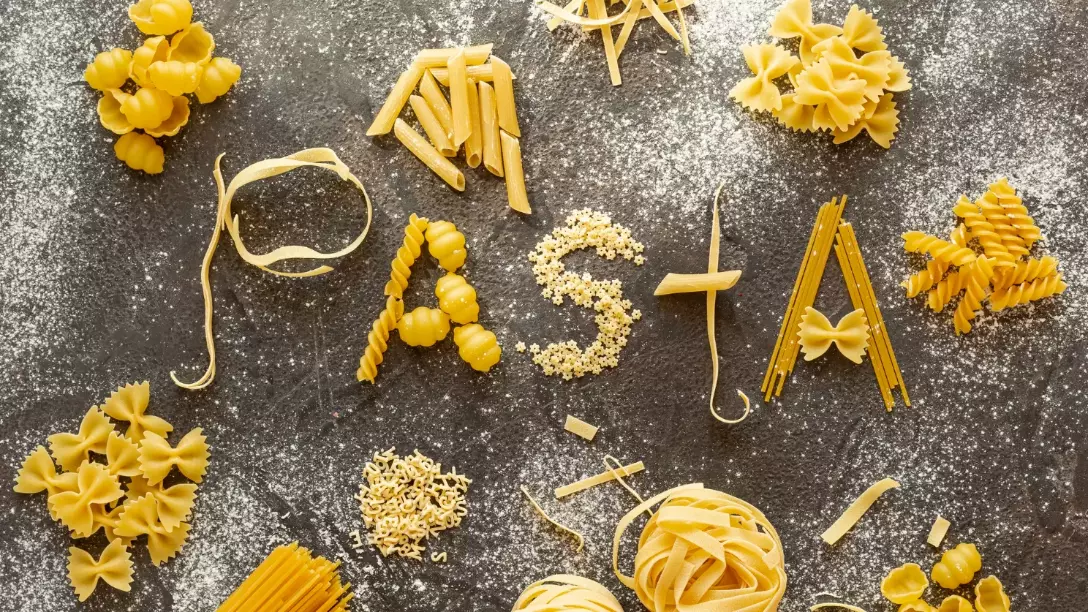
Calorie content:
- Calories: 320 kcal;
- Carbs: 71.5 g
- Proteins: 10.4 g;
- Fat: 1.1 g;
Pasta is an excellent source of carbohydrates and therefore provides the body with enough energy. The content of proteins and fats is quite low compared to other products. Many people think that pasta makes you fat because of the number of carbs it contains. However, this cannot be said in general terms. The number of calories very much depends on what sauce the pasta is served with. The type of pasta and, of course, the size of the pasta also affect the number of nutrients and calories. Stuffed macaroni, such as tortillas or ravioli, for example, contain more calories than gluten-free rice pasta.
Spaghetti is useful in the fight against insomnia, depression, and headaches because it increases the level of stress resistance of the body. They have a beneficial effect on the treatment and prevention of dysbacteriosis. It should be remembered that you can only gain weight by eating spaghetti if they are served with high-calorie sauces and additives.
How much spaghetti per person?
A serving of boiled noodles for the main course is usually about 125 g of boiled noodles. However, the serving size of pasta depends on the type of pasta and specific dietary needs. It's also important to look at serving size in the context of a balanced diet that also includes vegetables, protein, and healthy fats. About 75 g of noodles are enough for a side dish.
Nutritional value and calorie content of different spaghetti
The world of pasta is big and colorful. From Italian classics to Asian variations of rice noodles and bean paste. If you look at the nutrients and calories of different types of pasta, you can quickly spot the differences. We give you an overview of the nutritional value and calories of pasta.
Nutritional value and calorie content of raw spaghetti
If you weigh pasta before and after cooking, you will find that the weight doubles or triples. Because of this, raw pasta contains more calories than cooked pasta. During the cooking process, the noodles absorb some cooking water, which explains the change in weight.
This pasta's calorie and nutrient values are average values – depending on the brand, processing, and ingredient information about calories and nutritional information may vary. Therefore, consider this information as an overview and guide.
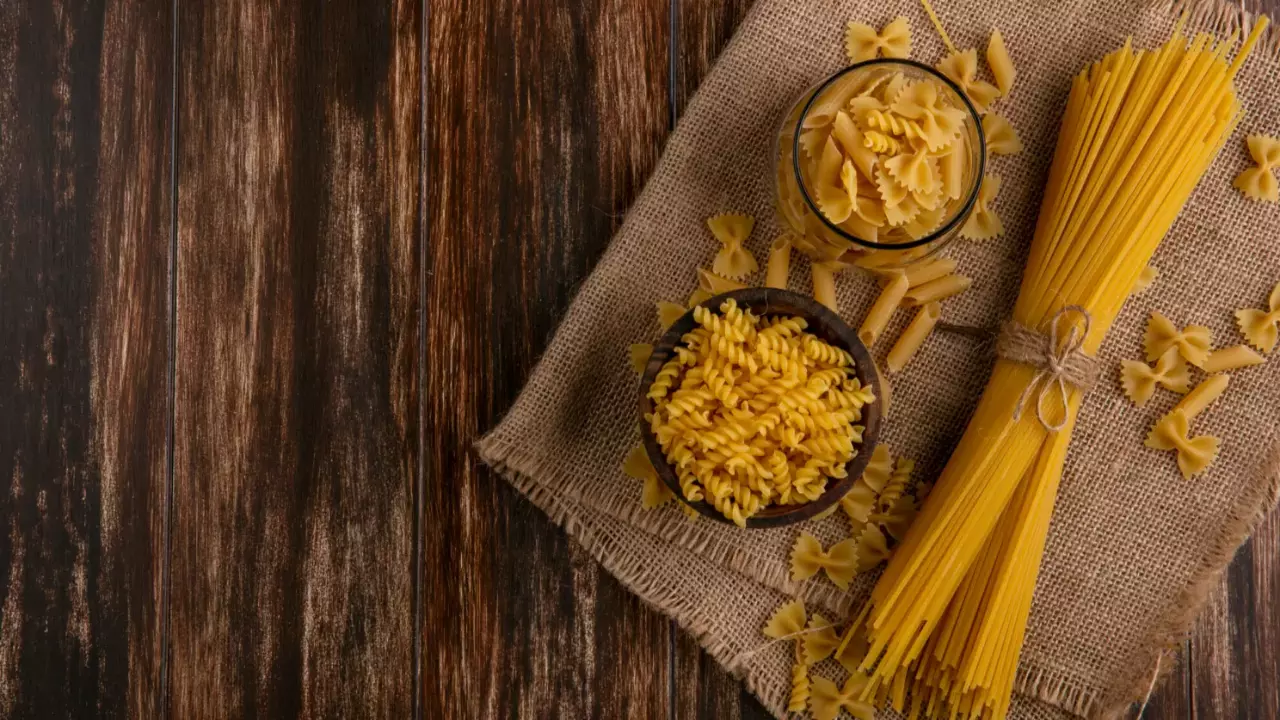
Calories and nutritional value of raw wheat noodles (per 100g):
- Calorie content: 351 kcal;
- Carbohydrates: 71 g;
- Protein: 13 g;
- Fat: 1.4 g
Nutritional value and calorie content of boiled pasta
Classic pasta variety: durum wheat semolina pasta and water. This pasta is an Italian classic that is popular all over the world. Especially the original Pasta di Gragnano, from Italy's pasta capital, is always al dente thanks to the high gluten content of the durum wheat semolina that holds the dough together.
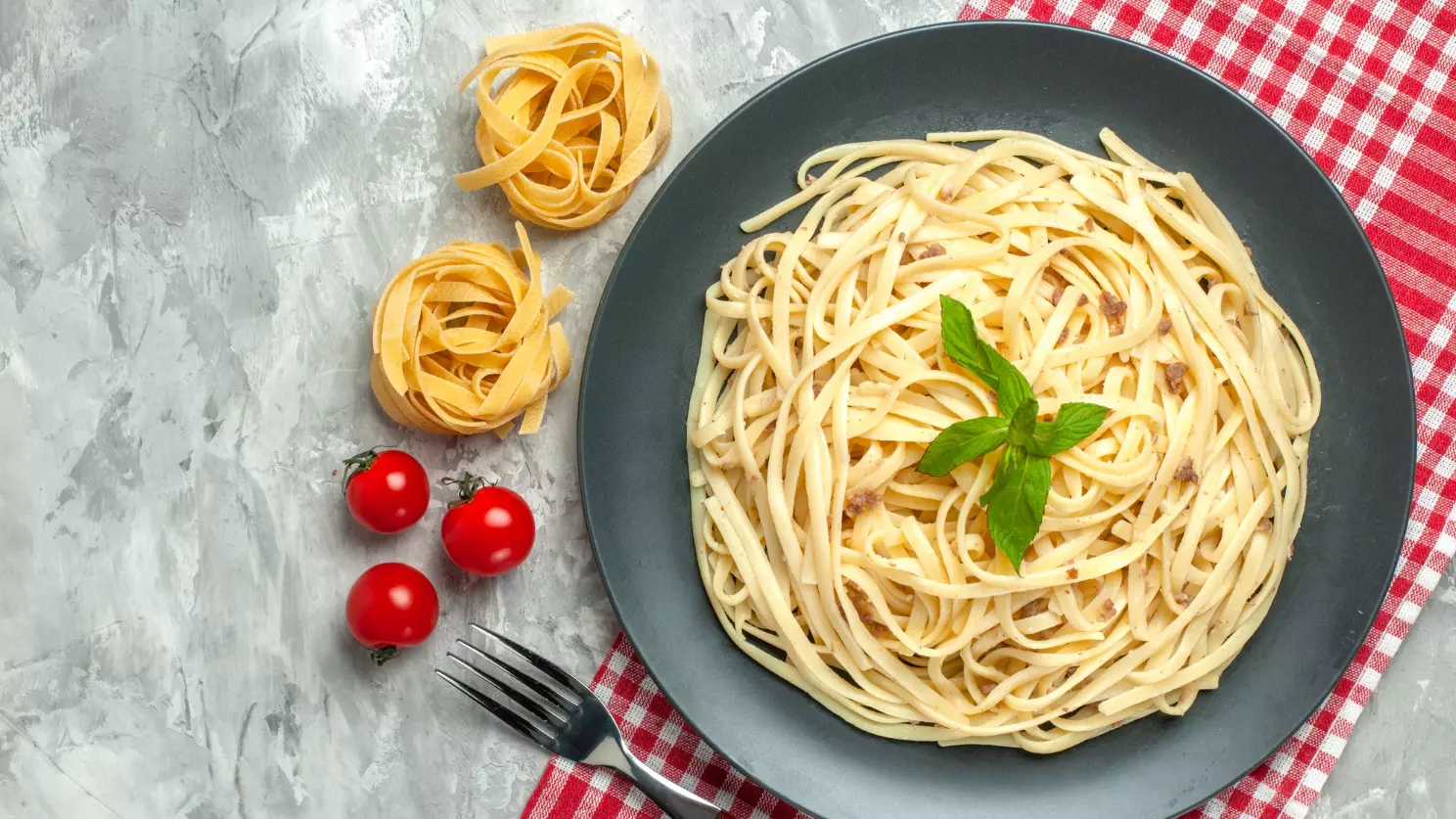
Nutritional value:
- Calorie content: 157 kcal;
- Carbohydrates: 31 g;
- Protein: 5 g;
- Fat: 0.8 g
Wheat noodles with egg
Pastas that contain an egg in addition to durum wheat semolina and water have a richer flavor and an intense yellow color. The nutritional value of pasta with and without egg is also slightly different. However, the number of calories in the two types of pasta is not too different.
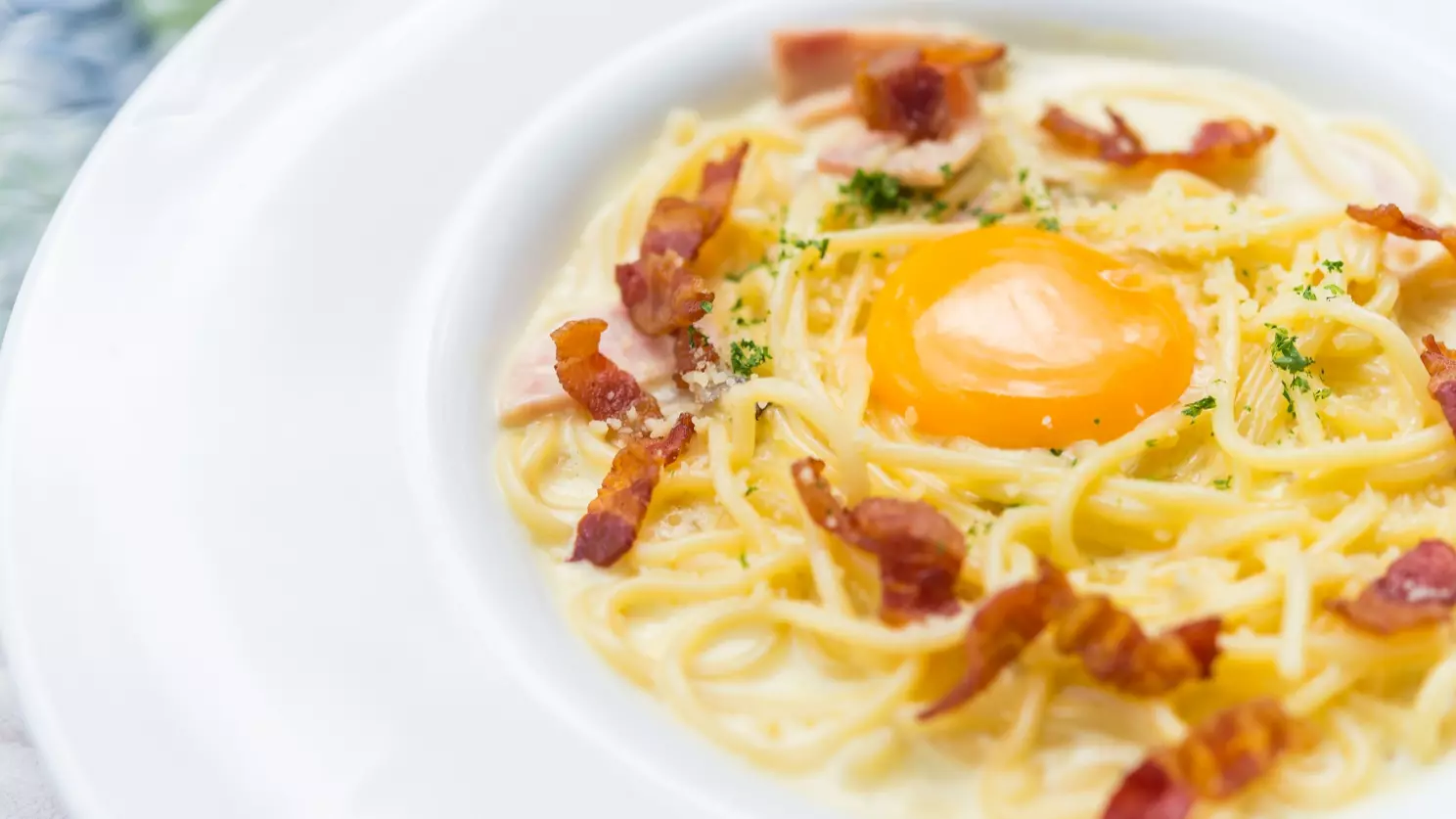
Nutritional value:
- Calorie content: 158 kcal;
- Carbohydrates: 27 g;
- Protein: 5 g;
- Fat: 3.5 g
Whole wheat spaghetti
Whole grain pasta, Italian Pasta Integrale, contains more complex carbohydrates than regular pasta, thanks to whole grain wheat. As a result, they tend to feel full faster and longer. It also has an intense complete grain flavor and a slightly different texture.
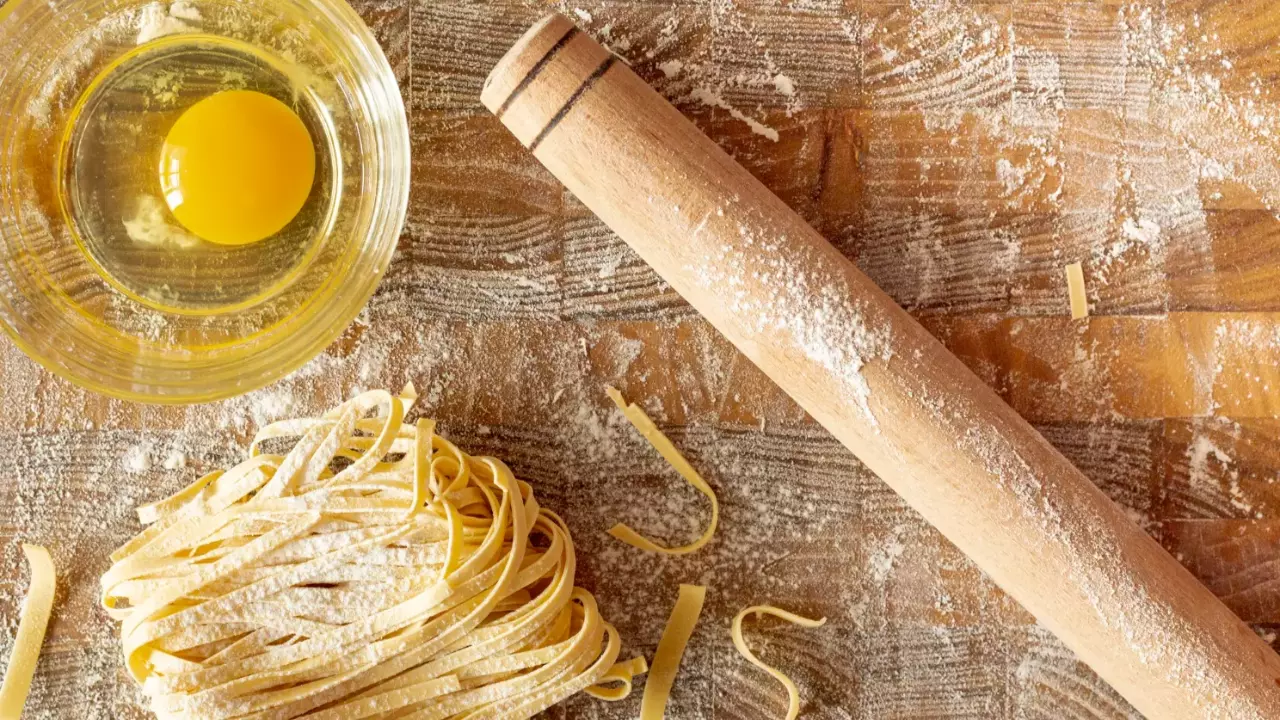
Calorie content:
- Calories: 124 calories;
- Carbohydrates: 23 g;
- Protein: 4.8 g;
- Fat: 1.3 g
Asian Noodles and Rice Paste Calories and Nutrition Facts
Rice noodles are widely distributed in a large part of Asian national cuisines. Here you can find noodles, for example, in salads or soups. Rice noodles are made from refined rice. Rice paste, on the other hand, is based on the Italian version of pasta and has a different texture and richer flavor.
Rice noodles come in many shapes, such as rice noodle sticks or rice noodle vermicelli. Unlike wheat pasta, they are gluten-free and contain fewer calories and nutrients.
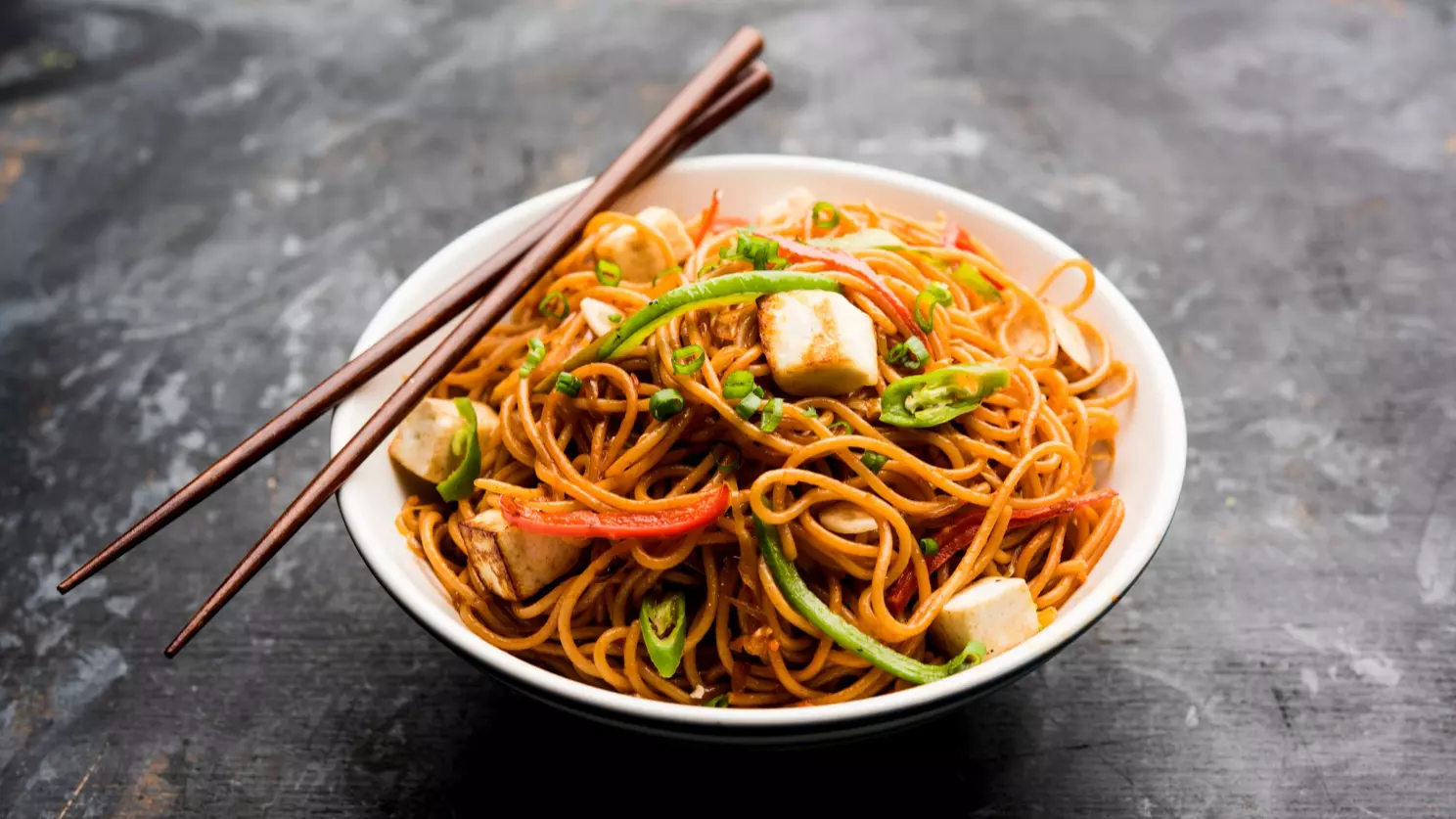
Nutritional value:
- Calorie content: 96 calories;
- Carbohydrates: 22 g;
- Protein: 1.6 g;
- Fat: 0.2 g
Rice paste
Rice paste is made from entire grain rice flour, compared to rice noodles. Accordingly, they contain slightly more calories and nutrients than Asian rice noodles.
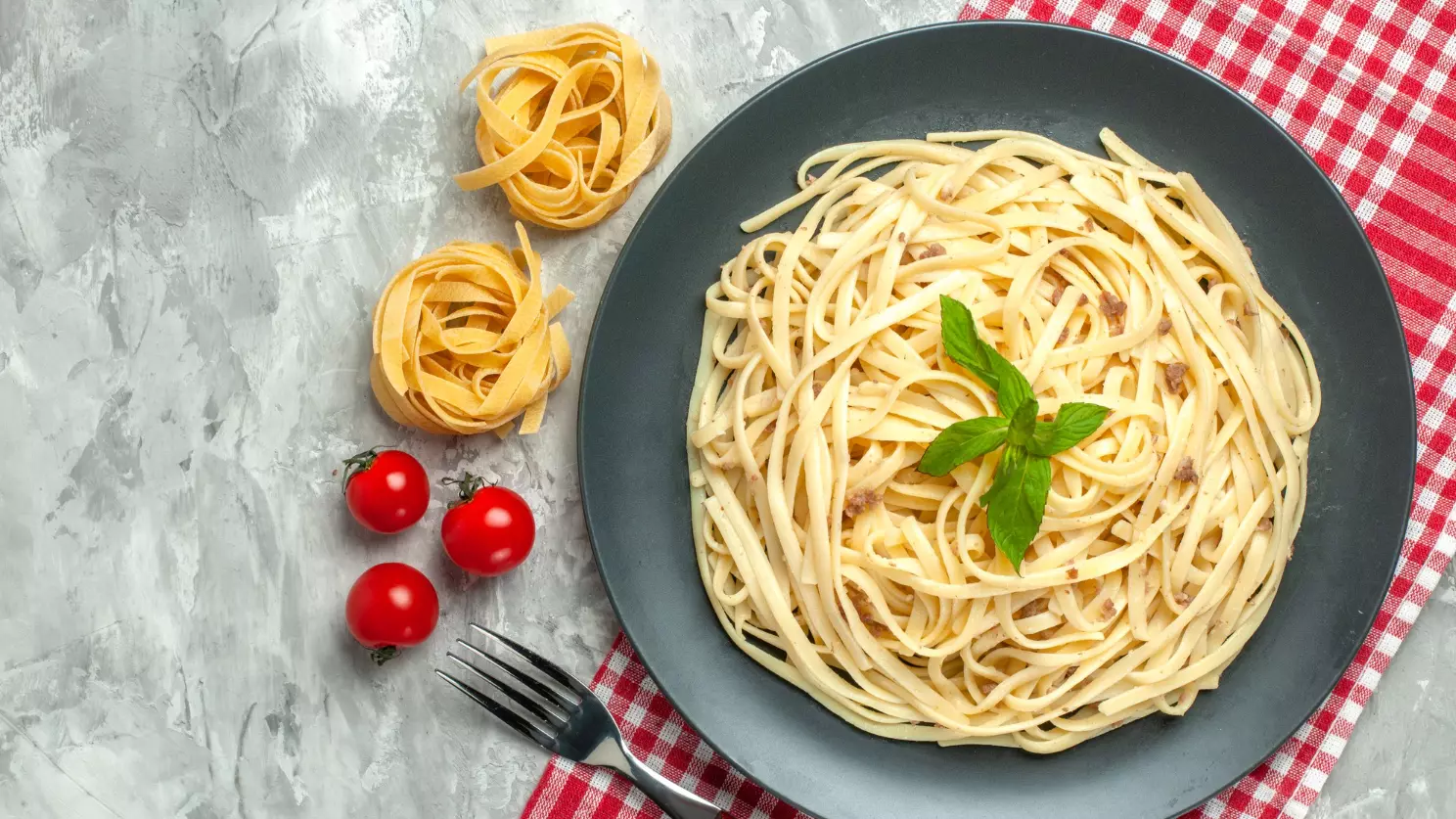
Nutritional value:
- Calories: 152 calories;
- Carbohydrates: 35 g;
- Protein: 2.5 g;
- Fat: 0.5 g
Corn Paste and Lentil Noodle Calories and Nutrition Facts
Corn and lentil pasta is also especially popular with people who would like to avoid gluten. The taste is slightly different, but it is very close to wheat pasta. In addition to corn noodles and lentil paste, there are also pasta made from chickpeas and peas, for example. Whole grain rice flour mix is also extremely popular and gives pasta a nice nutty whole grain note.
Corn Paste
Not only does corn paste look almost like regular wheat pasta, it also tastes very similar. Corn also gives the noodles a slightly sweet flavor. In addition to its gluten-free properties, corn pasta is also slightly lower in calories than wheat pasta.
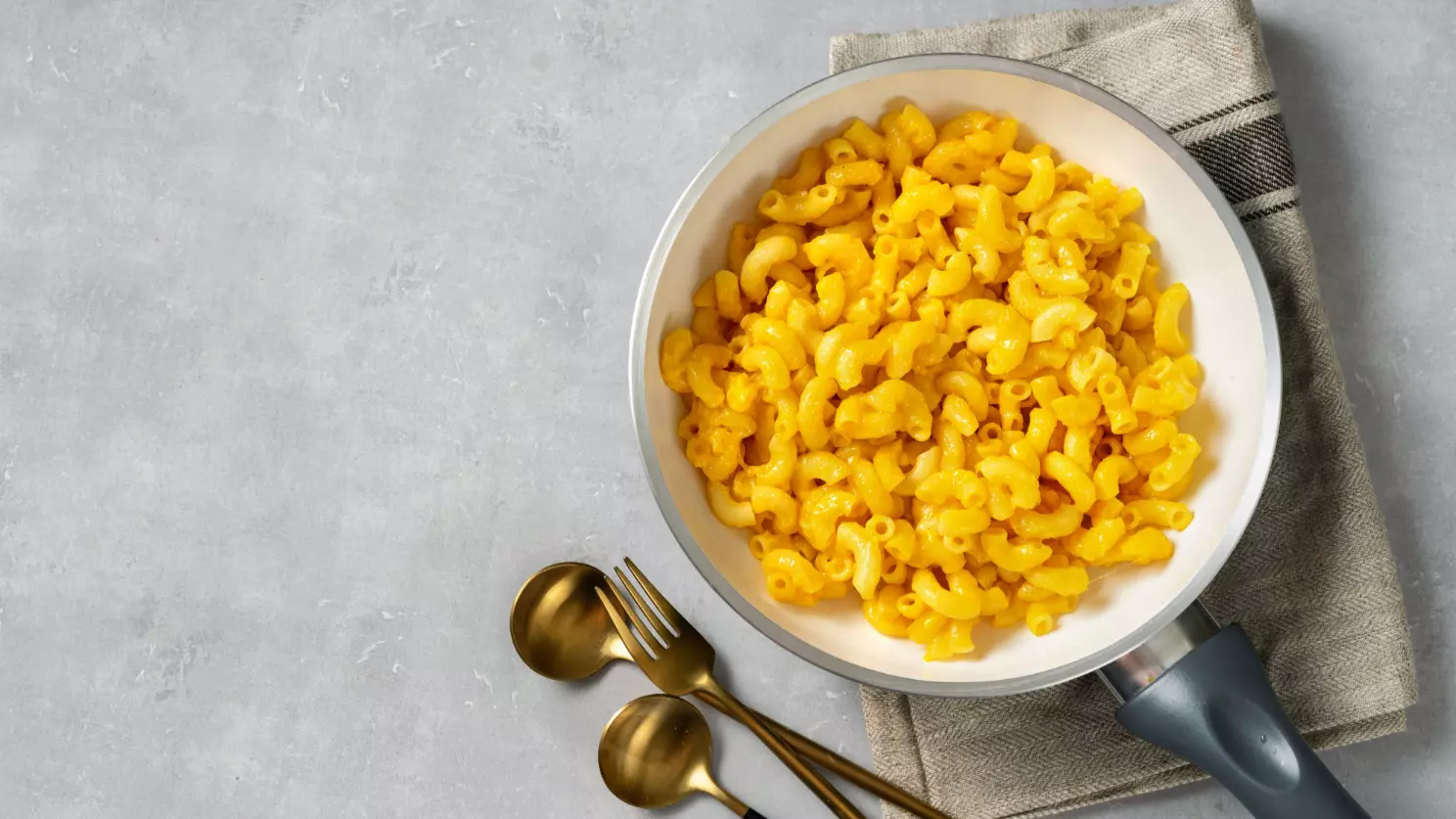
Nutritional value:
- Calories: 145 calories;
- Carbohydrates: 30 g;
- Protein: 4.2 g;
- Fat: 0.6 g
Lentil paste
Lentil pasta is now a must on the shelves of many supermarkets. High-fiber pasta is also gluten-free, vegan, and often made with red lentil flour. In addition, lentil noodles contain a significant amount of protein.
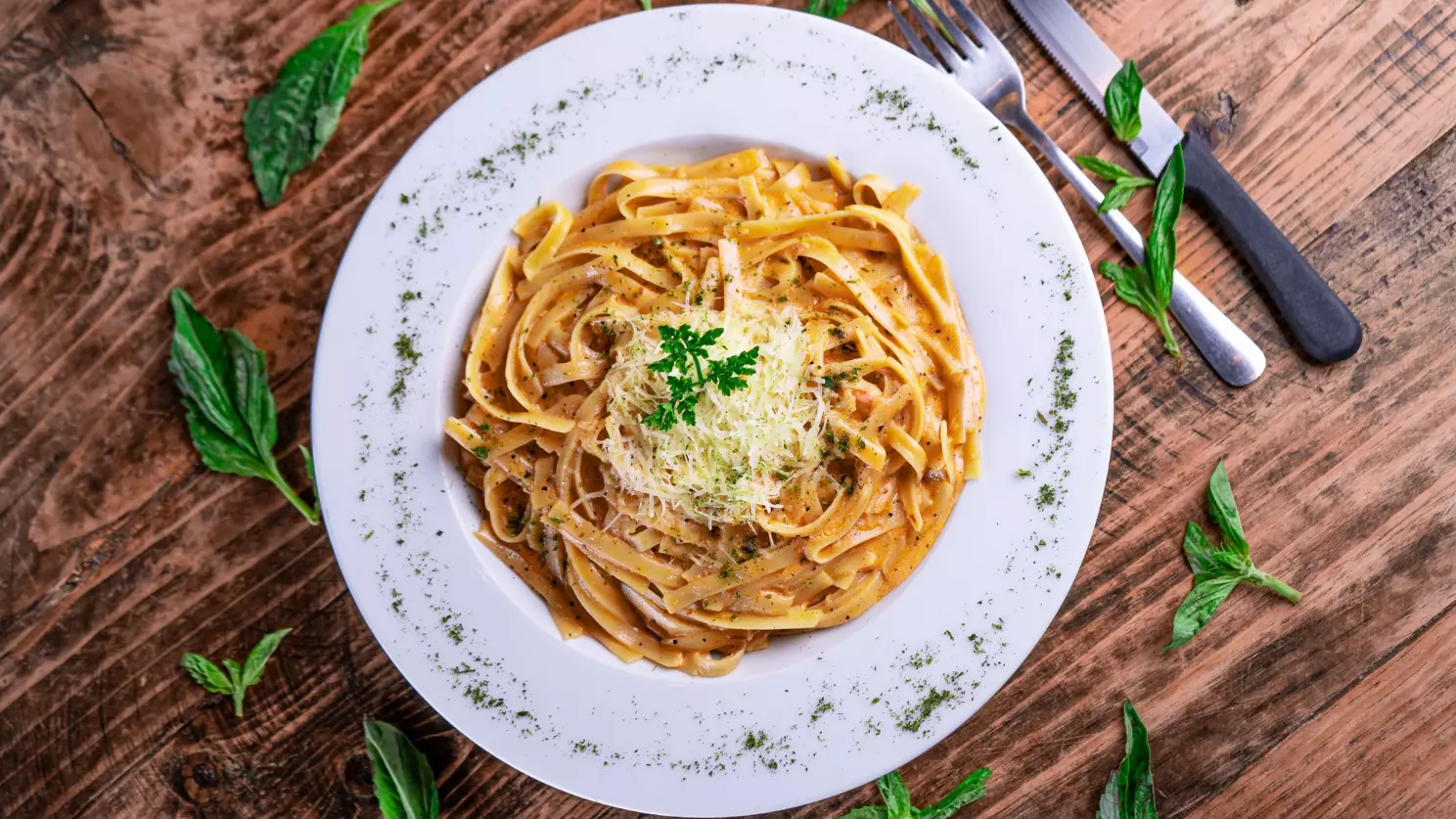
Nutritional value:
- Calorie content: 167 kcal;
- Carbs: 23 .5 g;
- Protein: 12.5 g;
- Fat: 1.2 g
How to save calories with pasta
- Better warm up. Noodles change their structure when they cool down. This creates resistant starch that cannot be broken down. The effect is enhanced by warming up.
- Time is of the essence. Especially after a long run, carbohydrates are needed to replenish glycogen stores and thus prevent muscle breakdown. Otherwise, time doesn't matter much. In the end, your total carbohydrate intake and your energy balance are the only factors which are important to prevent possible weight gain.
- Learn to eat first. Noodles tempt you to fill up – usually the body itself regulates the feeling of satiety too late. Eat slowly and chew well, then you will be full before your belt tightens – intuitive eating is also the magic word here.
- Whole grains. Complex carbohydrates keep blood sugar stable. Your digestion requires more energy to metabolize and keep you feeling full longer.
- Do not boil until soft. Part of the starch is excreted in an indigestible form. This means that they do not affect insulin levels as much as soft-boiled wheat pasta, and thus keep you feeling full for much longer.
- Smart combinations. The lack of dietary fiber in pasta is easily compensated by the sauce. Example: green pasta with lots of broccoli, zucchini, peppers, onions, and garlic. In principle, it is always recommended to eat pasta with many vegetables, as they contain many vitamins and minerals at the same time.
- Do it yourself. If you make the pasta part yourself, you can also decide what's included! Example: Replacing entire wheat flour or durum wheat semolina with legume flour significantly increases the fiber content of pasta. If there is not enough glue, then add eggs.
 190 cm to inches
190 cm to inches
 17.5 cm to inches
17.5 cm to inches


